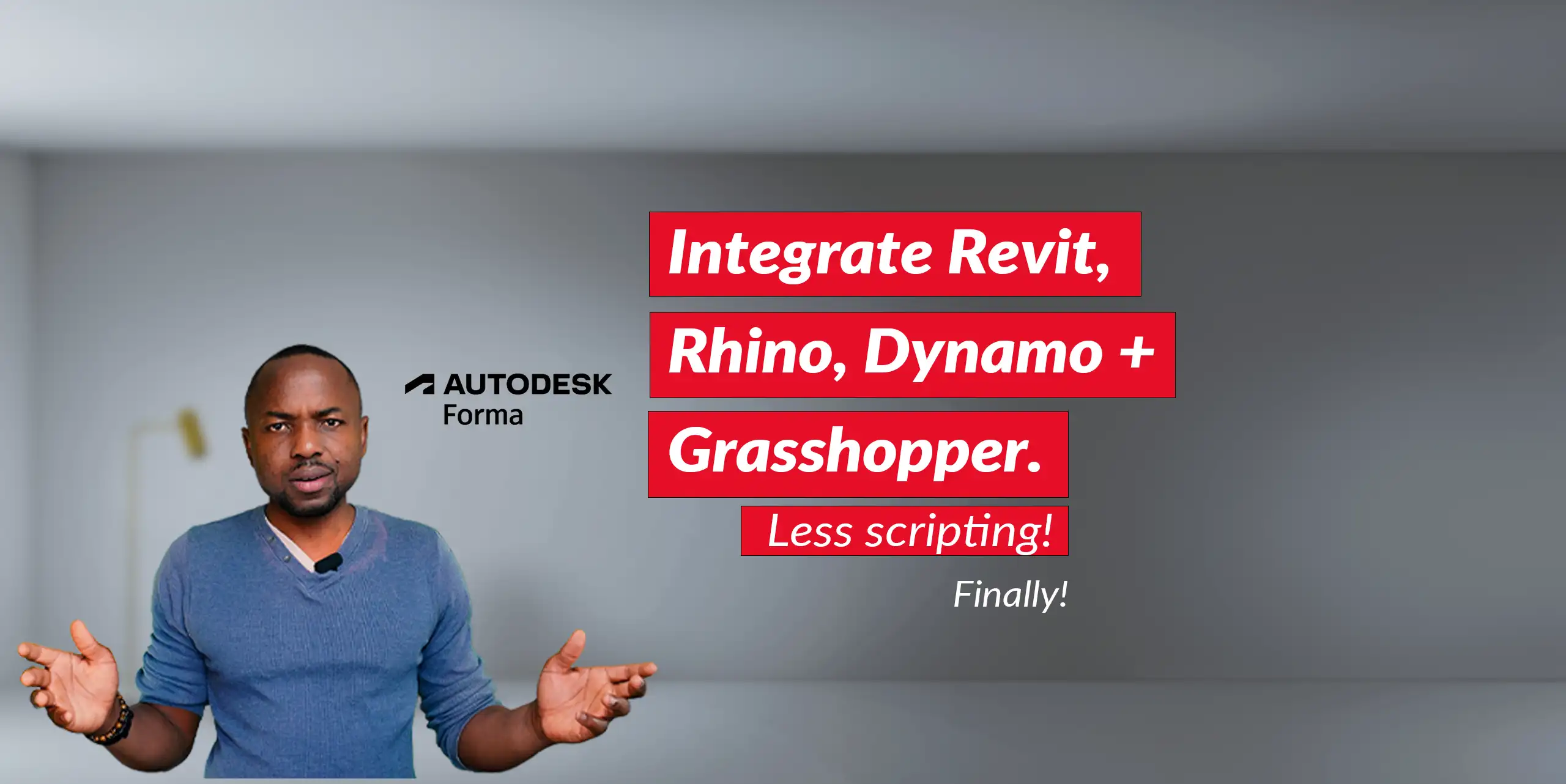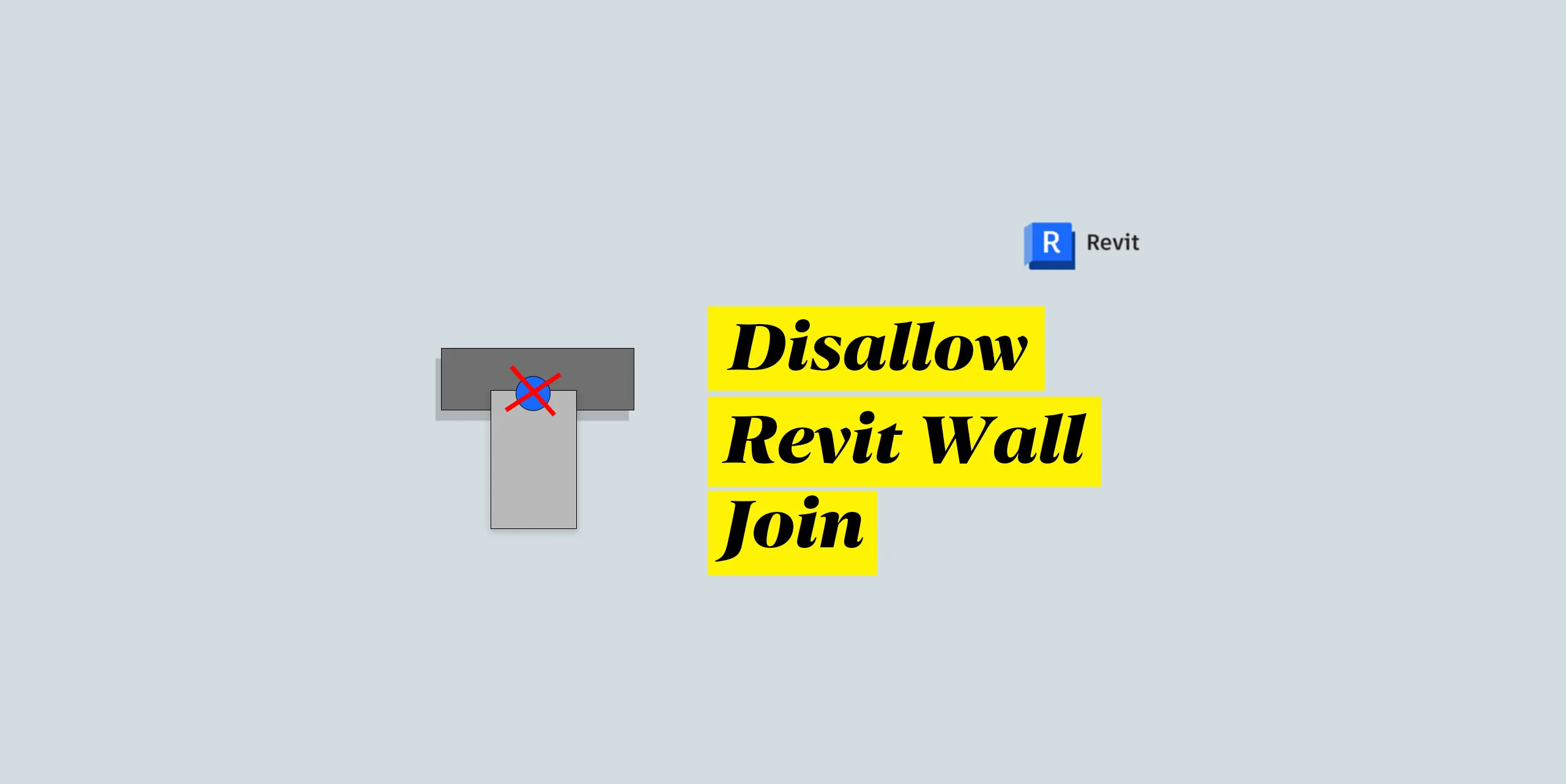Is Autodesk planning to abandon Revit in favor of a new BIM software solution?
New Features in Revit 2025
Autodesk recently released Revit 2025, introducing several noteworthy features across various categories:
- Sustainable Design: A brand new Total Carbon Analysis capability empowers architects to assess the environmental impact of their designs from the outset.�
- Project Management: Enhanced sheet collections and improved project browser search features streamline project organization and information retrieval.�
- Enhanced Modeling: The introduction of Topo Solid by Face allows for direct creation of topos from any loop surface of a mass element. Automatic wall joints expedite wall creation by simplifying connections between new and existing walls.�
- Improved Collaboration: Enhanced analytical model capabilities and version control for linked coordination models like Navisworks or IFCs improve collaboration and communication among project stakeholders.�
Is Revit Being Phased Out?�
While the new features in Revit 2025 offer valuable improvements, some users might be concerned about the overall direction of development. Here’s a closer look at the potential reasons behind this concern:
- Incremental Updates: Some might perceive the new features as incremental rather than groundbreaking advancements, particularly when compared to the significant innovations seen in previous versions.�
- Focus on Cloud Solutions: Autodesk’s growing emphasis on cloud-based solutions like Autodesk Construction Cloud might lead users to believe Revit’s development is being deprioritized.�
The Future of Revit
While the future trajectory of Revit remains to be seen, here are some observations:
- Revit’s Legacy: Revit has been a dominant BIM software for over a decade. Autodesk is unlikely to abandon such a successful product entirely.�
- Cloud Integration: The future of BIM likely involves a blend of desktop and cloud-based solutions. Revit’s integration with cloud solutions like Autodesk Construction Cloud is a more likely scenario than complete replacement.�
Revit 2025 offers valuable new features for sustainable design, project management, enhanced modeling, and improved collaboration. While the focus on incremental updates and cloud solutions might raise concerns, Revit’s established legacy and potential for cloud integration suggest it will remain a cornerstone of BIM workflows for the foreseeable future.
Get Started with Revit
If you’re new to Revit and eager to learn, explore the comprehensive tutorial linked in the video description below. This step-by-step guide will equip you with the skills to design a building from scratch using Revit.
Stay tuned for a detailed review of the new features in Revit 2025. In the comments below, share your thoughts on Revit 2025. Are you excited about the new features, or do you share concerns about the software’s future?







